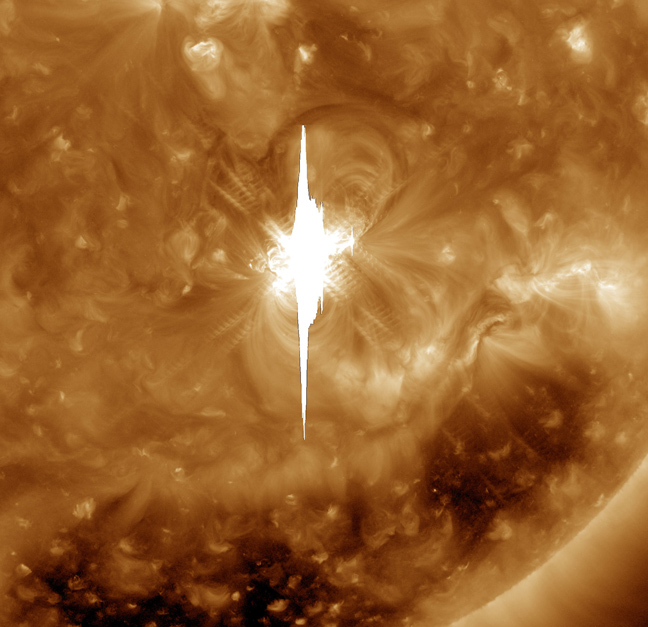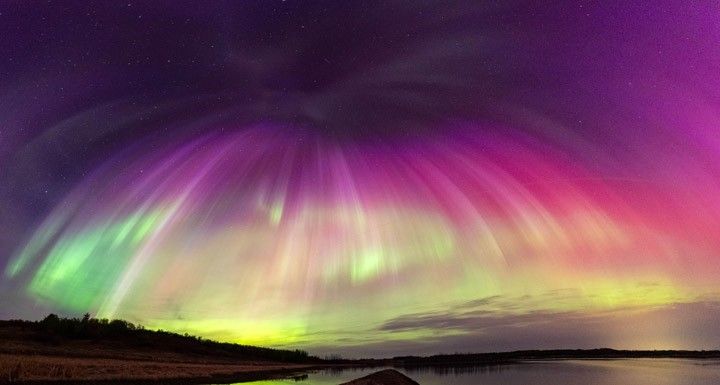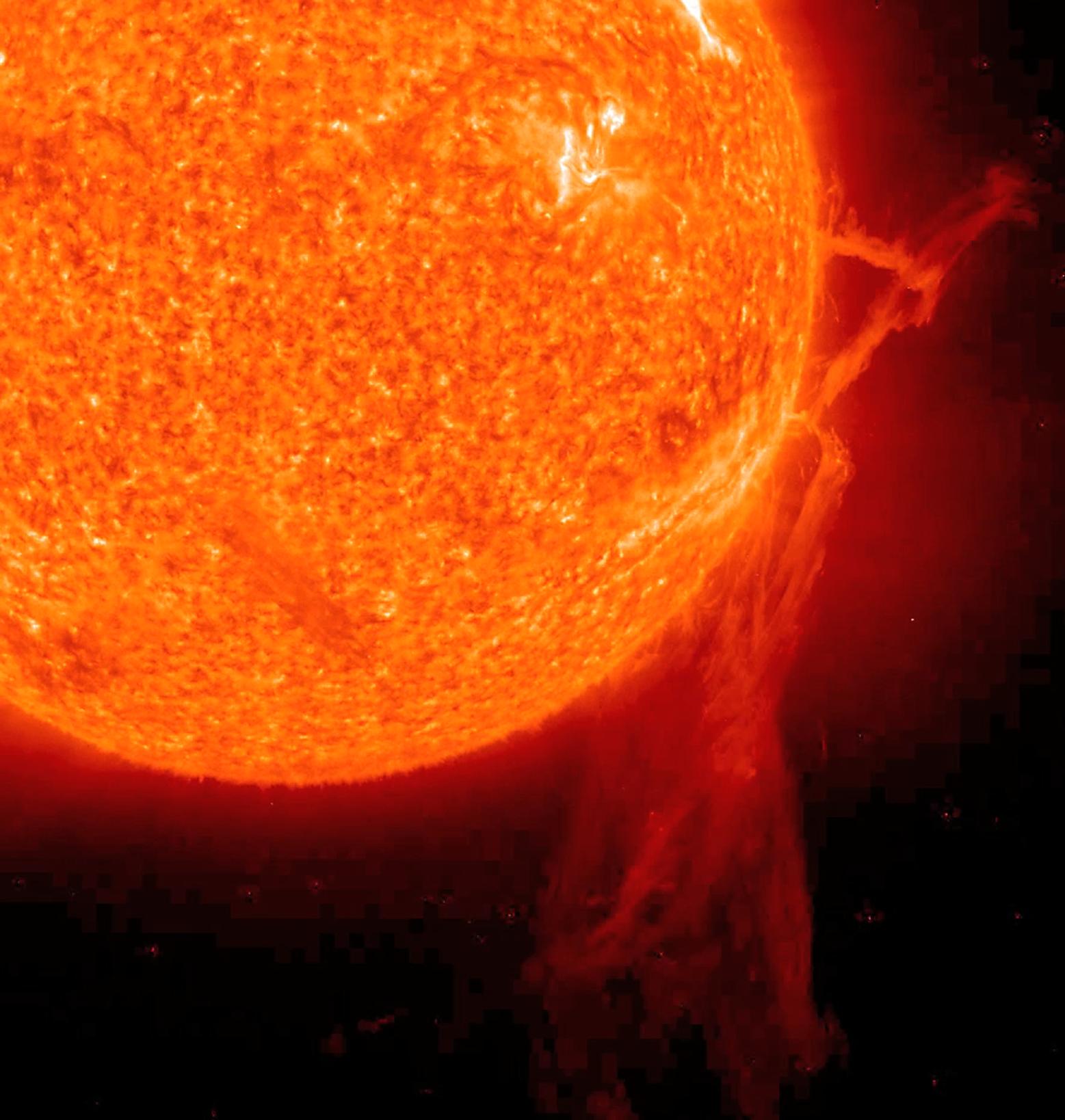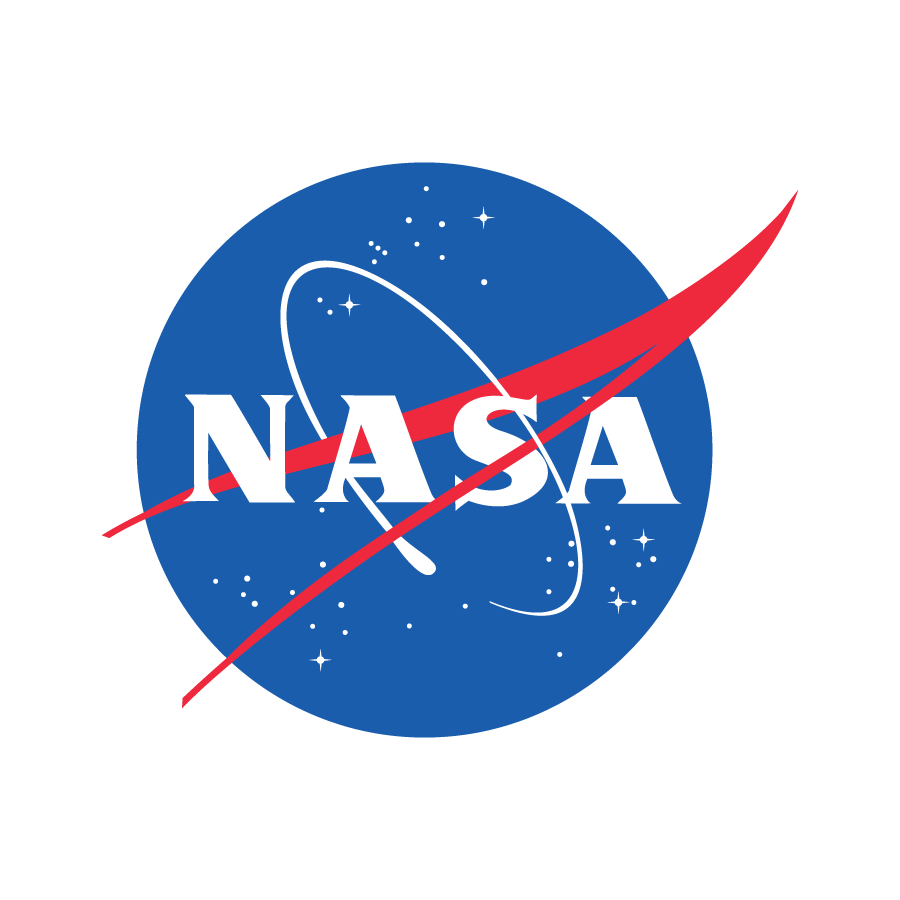Heliophysics Decadal Survey
One principle way that NASA solicits and leverages technical expertise from the science community is through the National Academies of Sciences, Engineering, and Medicine (NASEM). NASEM is a non-government organization that contracts with NASA and other U.S. Government Agencies to conduct studies specified by the client.
About Decadal Surveys
One of the most influential studies that NASEM conducts for NASA is the decadal survey. Congress mandates (51 USC § 20305) that the NASA Science Mission Directorate go to the National Academies once a decade for an analysis of the state of the field and a recommended prioritization of the research and programmatic areas.
This decadal survey is also required to conduct an independent cost and technical-readiness assessment for recommended major investments (e.g., strategic missions), and decision rules for unforeseen conditions (e.g., cost increases, instrument capability advances) that might trigger a reprioritization of the recommended research or programmatics.
Due to the scientific and technical overlap between the scope of responsibility for NASA and other Government Agencies in this area, NASA often works with partners to sponsor these decadal surveys. Such partnership helps ensure that there is coordination and collaboration across the government in order to advance scientific and technical fields.
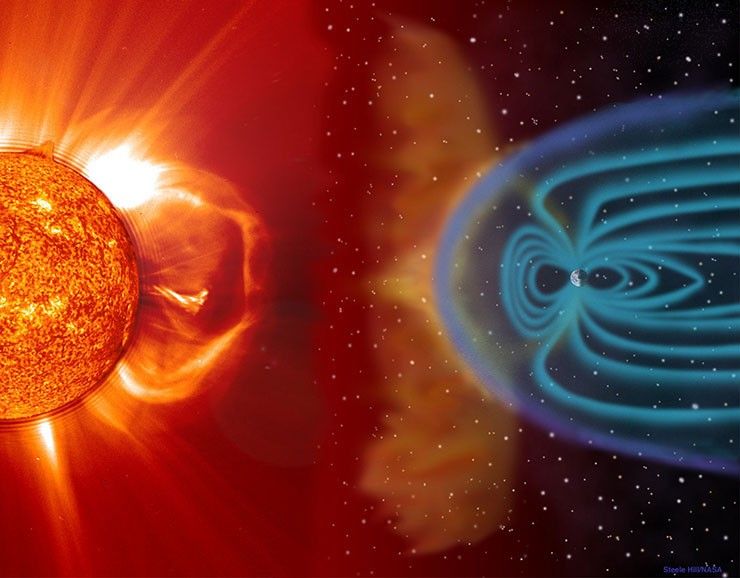
Latest Updates and Milestones
The 2024 Solar and Space Physics Decadal Survey was co-sponsored by NASA, the National Science Foundation, the National Oceanic and Atmospheric Administration, and the Air Force Office of Scientific Research.
The Decadal Survey has been published by the National Academy of Sciences. Although a decadal survey is itself a single report, it is part of a process that extends over the entire 10-year cycle. The events and milestones marking that cycle will be posted below:
| December 2024 | 2024 Decadal Survey publication |
| December 2024 | Decadal Survey release event |
Back to Top
How NASA Uses Decadal Surveys
NASA uses the decadal survey to prioritize science focuses, both for mission and non-mission activities.
The decadal survey’s recommended science strategy is also leveraged by NASA to inform internal programmatic discussions and to clearly communicate with the Agency’s stakeholders. Results can include the creation or evolution of research programs, planning for new mission concepts, collaborations with NASA and non-NASA partners, and other activities.
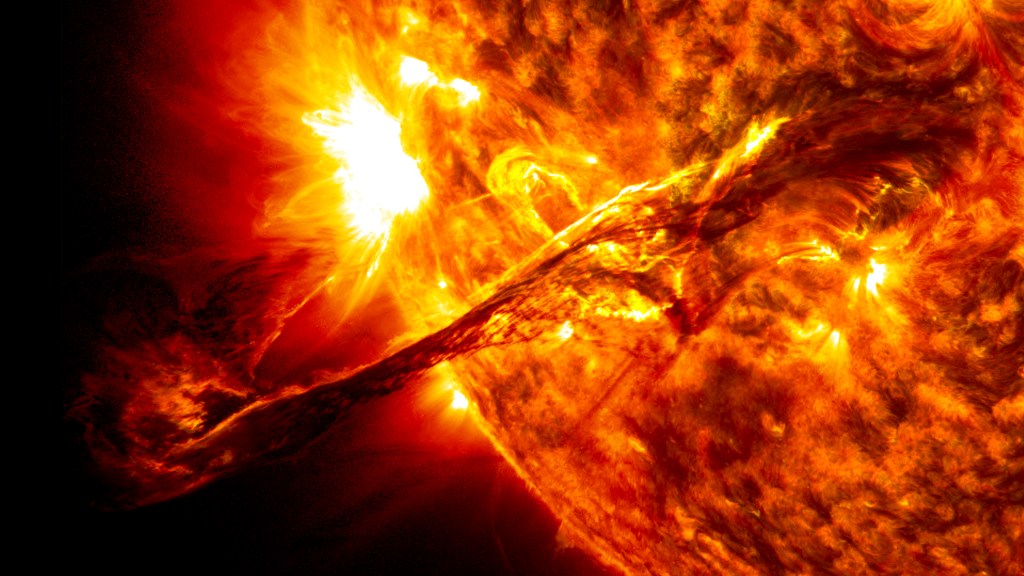
What does NASA want to get out of the Decadal Survey?
NASA wants the decadal survey to present an ambitious science strategy that transcends the next decade and inspires long-term scientific planning for the following decades.
NASA envisions the next Heliophysics decadal survey will identify cutting-edge, interdisciplinary science problems that push the boundaries of what was previously thought possible in solar and space physics. Some of these problems will flow into focused science objectives for mission concepts, others may lend themselves to be addressed by competed research programs.
Using the decadal survey to understand what science investigations have the greatest potential to revolutionize our current understanding of the Sun and the Solar System, NASA will identify how to allocate NASA’s resources accordingly to continuously push the solar and space physics field forward.
